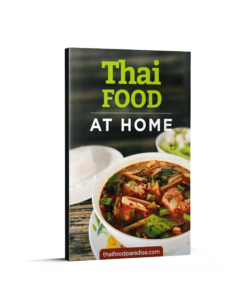What is Coriander Root?
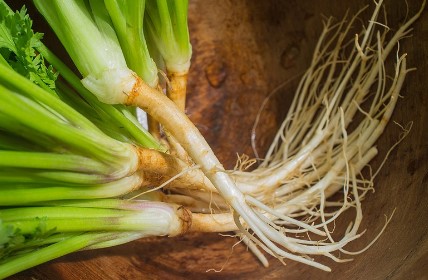
Coriander root is the root of the herb coriander, which is sometimes called cilantro. While many English-speaking countries discard the roots, they form an important part of many Asian cuisines. Read on to find out about its use in Thai food and some other key questions.
Coriander Root in Thai Food
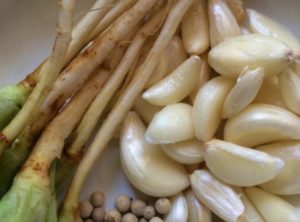
In the Thai language, coriander root is known as rak phak chi (รากผักชี). I remember when I first began learning about Thai food my Thai partner and I went to buy some coriander at the local market. I was about to discard the roots in the bin only to be told that the root was a critical component of the dish we were about to cook! Oops.
In Thai food, coriander root is used as a critical component in many curry pastes and dips. Thais often crush coriander root in a pestle and mortar along with garlic and chilis to form the basis of chili dips. The root is also a vitally important ingredient for creating the famous marinade that characterizes Thai grilled chicken.
The use of cilantro root in Thai cuisine once again shows the incredible resourcefulness of Thai cooks. Thais are very against letting good food go to waste, and they quickly recognized that the roots taste great when they form the base of famous curry pastes, soups, dips, and marinades.
Is Coriander Root the Same as Ground Coriander?
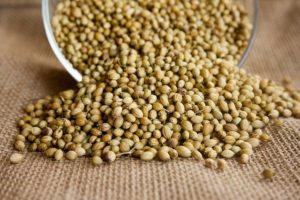
No. Ground coriander is composed of the dried seeds of coriander while coriander root is the fresh roots of the herb. Ground coriander is a mellow spice with a subtle, slightly earthy hint. Coriander root tastes more pungent and peppery and has a strong, pleasant aroma.
Preparing Coriander Root
Naturally, since it comes from the ground, the root will probably be dirty when you get it. Rinse the roots under running water to make sure any grit or dirt is cleared from them if you’re cooking with them…nobody wants dirt in their Thai soups or curry pastes!
If some grit remains after thorough washing, it’s useful to peel off the outer layer of the root and reveal the unblemished pearly inner layer. You can treat the root the same way as you might peel ginger. Simply grab a teaspoon and peel off that dirty outer layer. Simples!
What is a Substitute for Coriander Root?
There is no really good substitute for coriander root in any dish. The closest you can get is to replace the quantity of root a dish’s recipe requires with three times the amount of chopped coriander stems. The stem is closer in flavor profile to the root and it is another part of coriander that is bafflingly discarded by many people.
You could consider using a combination of stems and ground coriander to replicate the taste of coriander roots. Again, though, this flavor will lack a certain depth.
Where Can I Buy Coriander Root?
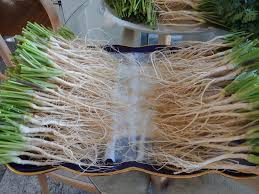
Many traditional grocery stores in Western countries do not sell coriander roots. Typically, you’ll find bunches of coriander for sale with the roots snipped off. This acts as a source of much frustration to anyone wanting to cook real-deal Thai dishes. It definitely peeves off my Thai partner; probably more than me!
The solution is to find coriander root at an ethnic grocery store. Luckily, living in Dublin, Ireland, we have several Asian markets in which you can buy coriander root. In fact, the roots are shipped in directly from Thailand as is evidenced by the Thai writing on the packet.
Specialty Asian grocery stores or markets are definitely your safest bet for finding the roots. You might find them packaged on their own like they are here, or you’ll just find them as part of large bunches of whole coriander.
Another potential place to find coriander root is to seek out some coriander at your local farmer’s market. You’ll often find people selling bunches of coriander without the roots snipped off. If you find such a person, thank them for keeping one of the most delicious parts of this versatile herb!
Closing Thoughts
Aside from being delicious, all parts of the coriander plant contain nutritional benefits that range from anti-oxidant to anti-microbial. Keep tuned and visit my Thai recipes page for recipes containing this quintessential Thai ingredient.
I lived in Thailand for a few years during my 20s during which time I fell in love with Thai food. Along with my Thai partner, I cook and eat tasty Thai dishes 3 or 4 times per week. I’m here to bring you recipes, Thai food tips, and suggested cookware for making Thai food.
